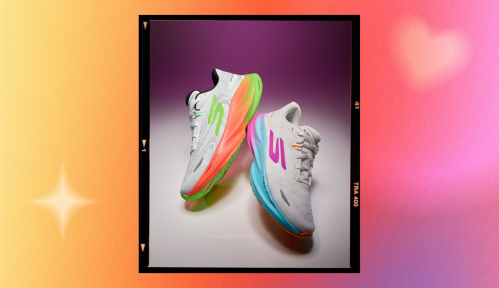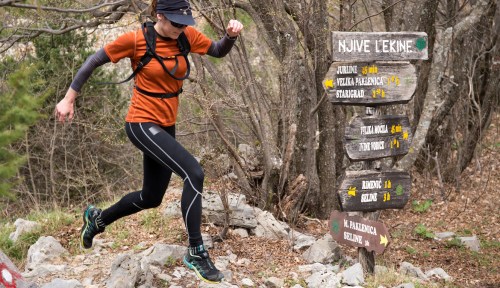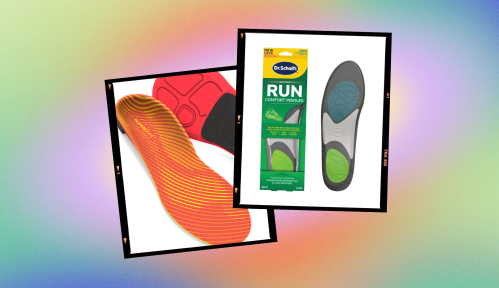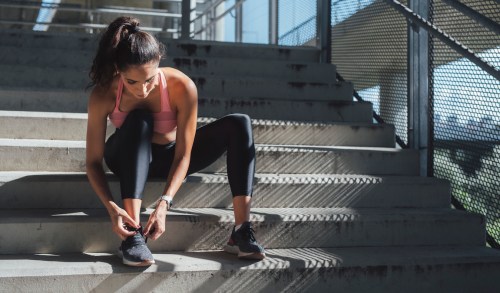What You Should Look for if You Want Just One Pair of Gym Shoes To Run, Lift, and Move in—According to Podiatrists and Trainers
Podiatrists and physical therapists agree on how to choose gym shoes: These are the 5 features you should look out for.
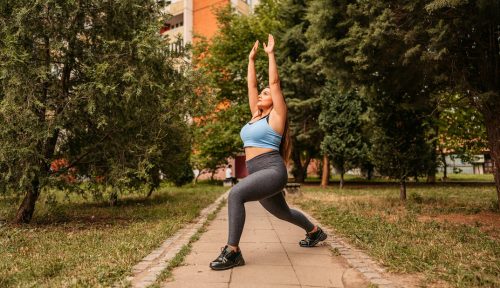
Go to almost any athletic footwear site these days, and you’re likely to find a number of different shoes for running, walking, lifting, and a bunch of various sports. But what if you want just one great multitasker that can do it all? Maybe you’re someone who swears by two-for-one cardio and strength classes like Barry’s and Orangetheory, or you simply don’t like to overcrowd your closet with multiple pairs of sneakers. How do you choose just a single pair of gym shoes?
Experts in This Article
Annette Bristol is a senior fitness instructor at the Austin location of Barry’s, a high intensity bootcamp-style fitness chain.
board-certified foot and ankle surgeon at Susan B. Allen Memorial Hospital
board-certified foot surgeon at Sole Podiatry NYC and star of TLC’s My Feet Are Killing Me
Above all, board-certified podiatrist and foot surgeon Brad Schaeffer, DPM, who is the star of the TLC show “My Feet Are Killing Me,” says that comfort is key. “You want to make sure you look for shoes that address your individual needs,” he explains. “Because comfort is subjective and different from person to person, it is important to try different footwear options to determine what feels best to you.” And if you’re looking for versatile kicks, that means they should be comfortable no matter the activity you’re doing.
While the experts we spoke with do suggest running-specific sneaks for long-distance runners, they say it is possible to find a great all-around pair for strength training, walking, and short runs. When sussing out the top-rated workout shoes on the market, there are a few things you can look for to ensure that you find the best fit.
How to choose gym shoes that do it all? Look for these 5 things
1. A spacious toe box
Whether you’re running or jumping, Barry’s senior fitness instructor Annette Bristol says that a roomy toe box that lets your foot flex and move is a must, as it will allow your toes to grip and stabilize during each movement. “Personally, I choose a sneaker that is half a size larger than normal to account for the foot swelling that occurs during walking and running,” adds Schaeffer, who is a spokesperson for Dr. Scholl’s.
Don’t mistake a spacious toe box for an all-over spacious silhouette, though. When it comes to both lifting and running, you want to look for shoes that are fitted along the heel and midfoot to ensure stability throughout each movement. More on that, below.
2. Stability
Podiatrist Asim Sayed, DPM, says to hone in on overall foot and ankle stability when shopping for the ultimate cross-training shoe. “A cross-training shoe will feel a lot more stable than a traditional running shoe due to its wider sole—this will help with stability during lateral movement,” he explains, noting that cross-trainers tend to be less padded but also feel heavier due to the more durable, less airy materials used to create them. “A good cross trainer should not have a super responsive midsole. What you sacrifice in responsiveness you gain in stability, which is important for keeping your feet and ankles supported.”
Schaeffer says you should also keep arch support in mind. Since many lifting shoes have flatter soles, many people mistake them for being flat on the inside, too. That’s not usually the case—but if it is, Schaeffer recommends adding insoles. “Our feet have a variety of tendons and ligaments that need the appropriate support and help stabilizing our bones in the feet,” he previously told Well+Good when detailing what to look for in a pair of shoes for deep squatting.
3. Security
Remember: The toe box should be roomy; the midfoot upper should not be. “The upper of a good cross trainer should be [snug], protective, and durable as this will protect your foot for a range of activities,” Sayed says. What’s more, he says to pay attention to the laces. Laces enable the wearer to tailor the fit of the shoe to their foot. If a shoe is too loose to adequately be tightened with laces, it’s not the right size for you.
While still on the topic of laces, for a safe, secure fit, Sayed says that you’ll want cross-training shoes with laces that stay tied and that aren’t too long. If you absolutely love a shoe but hate the laces, simply swap them out to make it work.
4. Breathability
It’s not fun to feel like your feet are soaking in a pool of sweat. That’s why Schaeffer always recommends looking for a cross-training shoe that’s designed with breathability in mind. “Having breathable, moisture-wicking fabric for the shoe upper prevents hot air from being trapped inside and helps move perspiration away from the foot,” he explains. “These features help to prevent conditions that may cause odor or promote fungal presence in the shoe.” Suffice to say, while breathability might not make the biggest functional difference, it absolutely plays a role in your overall comfort.
5. Aesthetics
It’s only natural to want a pair of shoes that performs and looks great in the process. “Aesthetically, I like a shoe that is neutral with a hint of color,” Bristol shares. “I want to feel like I can go from gym to brunch in the same look and feel good in each space.” Right now, her favorite shoe is the Lululemon Chargefeel, which is designed with both running and training in mind. While it may seem superficial to choose a pair based on how they look, remember that cute kicks can be a major motivator to get you out the door—that’s not something to underestimate.
Check out these versatile options:
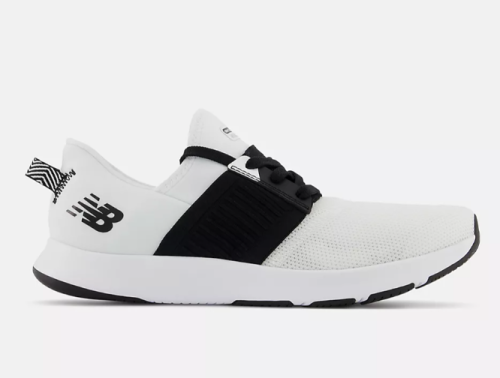
New Balance DynaSoft Nergize v3 — $65.00
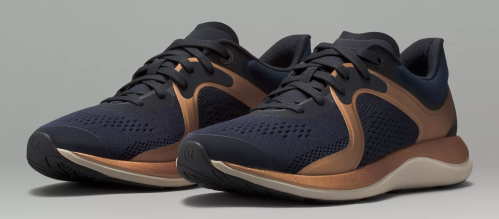
Lululemon Chargefeel — $138.00
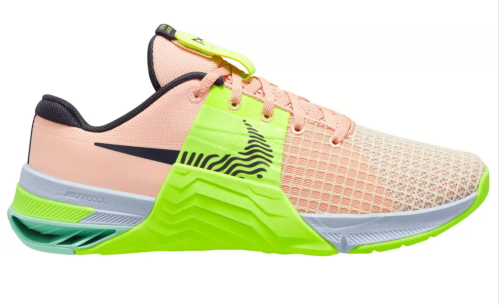
Nike Metcon 8 — $135.00
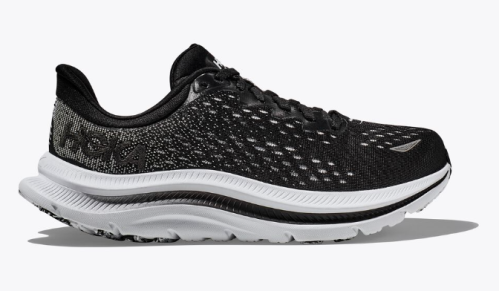
Hoka Kawana — $140.00

Adidas Edge Lux Shoes — $45.00
Originally $90, on sale for $45
Sign up for the Well+Good SHOP Newsletter
Get exclusive deals on wellness, beauty, fitness, and food products that have been hand-picked by our editors.
Got it, you've been added to our email list.

